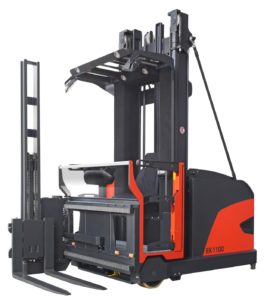Archive for January, 2021
Forklift Forks: How to know when to replace
Depending on the use and application, metal forks can last years, but they don’t last forever. Knowing how to inspect your forklift forks and when to replace them is essential.
Why is it essential to inspect your forklift forks daily? Not doing so can lead to snapped forks, dropped loads, and injuries. Daily inspections and proper fork maintenance can avoid this. As a reminder, OSHA requires daily inspections of all powered industrial trucks, including forks.
How do forks typically get damaged?
- Wear from regular use
- Improper chain adjustments
- Minor accidents
- Fork use beyond its rated capacity
- Driving with forks touching the floor
- Using a lifting chain on one fork to lift heavy objects
- Picking up loads too far out on the forks
- Attachments that stress the forks
What should you look for? 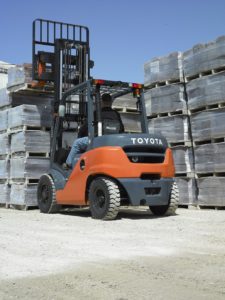
- Surface cracks. There should be no cracks anywhere on the forks. Check the heel area and welds carefully.
- Blade and shank angle. Check the angle between the blade’s upper face and the shank’s front face. If the angle exceeds 93% the forks must be replaced.
- Straightness. They must be replaced if the forks are bent more than 0.5% of the corresponding blade length or shank height.
- Fork tip height. Forklift blades should be the same height. They should be checked if there is a noticeable difference between the tips. If excessive, the forks should be replaced.
- Positioning lock. If the positioning lock or other fork retention device malfunctions, it should be checked carefully before continuing use. These types of pins lock the fork to the carriage to prevent the fork from sliding off.
- Fork thickness. Metal on forks wears down over time. A 10% decrease in fork thickness reduces load capacity by 20%. Use forklift calipers to measure the thickness of the fork blade, heel, and hook.
- Capacity stamp. The capacity stamps should always be visible.
Forklift forks should be inspected at least once a year by a qualified service technician. Our experienced forklift technicians are available to inspect your forklifts and forks to ensure efficient and safe work conditions. Contact us to set up a service appointment today!
Have You Checked Your Forklift Chains Lately?
Forklift chains are a necessary and important feature of a forklift. They lift thousands of pounds of material, and failure in any part of the forklift chain can cause a safety issue for the operator and anyone nearby.
Inspecting forklift chains should be part of your forklift operator’s daily inspection. Here are ten common forklift chain problems and solutions:
- Problem: A worn contour is typically caused by normal wear on the sheave or abnormal wear from rubbing on the guides. Solution: To fix a worn contour caused by normal wear, replace the leaf chain when worn down 5 percent. If it is caused by abnormal wear, check the leaf chain alignment, or increase the clearance.
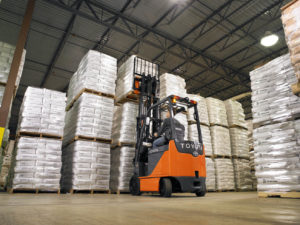
- Problem: Worn surfaces on outer plates or pinheads caused by misalignment and rubbing on the side flanges. Solution: Check the leaf chain alignment and correct the clearance as necessary.
- Problem: Tight joints caused by dirt or foreign substance packed in joints, or corrosion, rust, or bent pins. Solution: Clean and re-lubricate the leaf chain or replace it entirely.
- Problem: Missing parts. If your leaf chain is missing parts, it is usually because it was omitted in the original assembly. Solution: In this case, you need to replace the leaf chain completely.
- Problem: Abnormal protrusion or turned pins, usually caused by excessive internal friction caused by high loading and inadequate lubrication. Solution: Replace the leaf chain, improve lubrication, and eliminate overload conditions.
- Problem: Cracked plates from fatigue caused by loading beyond the chain’s capacity and endurance limit. Solution: Replace chain with leaf chain of larger dynamic capacity or eliminate high load conditions.
- Problem: Fractured plates in tension mode caused by high overload. Solution: Replace the leaf chain and correct the cause of the overload.
- Problem: Enlarged holes caused by high overload. Solution: Replace the leaf chain and correct the cause of the overload.
- Problem: Corrosion due to environment. Solution: Replace the leaf chain and protect it from a hostile environment.
- Problem: Worn leaf chain anchor bolt connecting pin caused by normal wear. Solution: Replace worn leaf chain components as necessary and always replace the components when fitting new leaf chains.
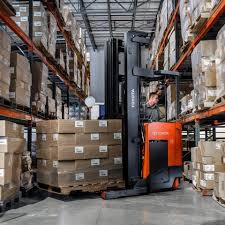 In a single-shift operation working on flat, even surfaces, chains can last 3 – 5 years. In more harsh environments, chains may need to be replaced much sooner. Even though inspecting forklift chains should be part of your forklift operator’s daily inspection, for safety reasons, it is necessary to schedule a professional assessment at least once a year.
In a single-shift operation working on flat, even surfaces, chains can last 3 – 5 years. In more harsh environments, chains may need to be replaced much sooner. Even though inspecting forklift chains should be part of your forklift operator’s daily inspection, for safety reasons, it is necessary to schedule a professional assessment at least once a year.
Our service associates are experts at finding and fixing forklift chain issues. Contact us to schedule a service appointment today!
